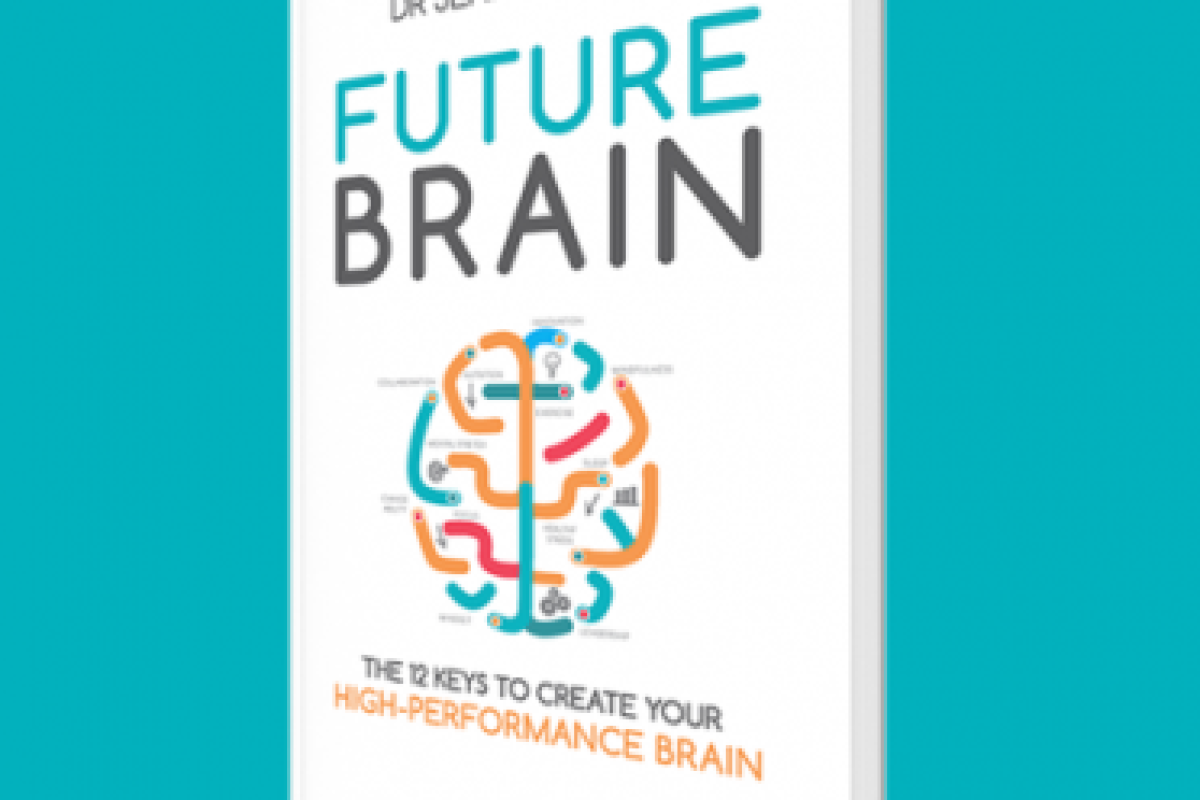There is a lot written about high performance organisations and how to become one, but how do you get a high performance brain? That’s the premise of Dr Jenny Brockis’ new book “Future Brain”
In it, she identifies and describes the twelve keys to unlocking a high performance brain, dividing them into three sections – creating, operating and integrating.
She argues that the keys to creating a high performance brain are Nutrition, Exercise, Sleep and Mental Stretch. Operating a high performance brain relies on Focus, Mindset, Healthy Stress and the currently in vogue Mindfulness. The final section is on integrating a high performance brain with others, with the organisation and with your role as a leader. The four keys to this are Change Ability, Innovation, Collaboration and Leadership.
The book is a useful and intelligent summary of lots of the latest research presented in an easily accessible form with suggestions for why you and your organisation need to invest more in “mental capital”. Mental capital being defined as “the combination of cognitive ability (mental flexibility and efficiency) and emotional intelligence (dealing effectively with stress, resilience and social skills).”
Brockis’ argues that investing in technological capital is too often the focus rather than investing in improving the existing mental capital of any organisation. While in a number of the sections, especially the initial Creating section, I felt I didn’t really learn anything new, I did get a series of more robust scientific arguments about the importance of a good night’s sleep, hydration and nutrition and why even a little bit of exercise is not just good for the waistline but your brainwaves too!
As a marketer, I was naturally drawn to key 10 – Innovation and looking back this is where I took most notes. Again while there wasn’t anything startlingly new, there were some good summaries of research which gave the re-assurance of someone having done due diligence on a number of tenants I regularly espouse. For example “There is no right brain, left brain. While it has been popular to consider ourselves as being controlled by one or the other, there is no scientific basis for this. We use the whole brain to think.”
Brockis also argues for making and allowing time for innovation, something with which I wholeheartedly agree. “One reason so many companies struggle with innovation in the workplace is that we are all too busy. Busy people are working hard all…day…long. It seems like there is never the time to allocate to innovation, even where it is encouraged… But just putting a beanbag in a room with some subdued lighting isn’t necessarily going to work because creativity can’t be ordered off the menu like pizza”
So should you hold a brainstorm.
Not according to Brockis who is pretty damning on the whole methodology “Brainstorming is a technique that has been around since 1953 – and was disproved five years later by Yale researchers who found that brainstorming diminished the creative output of a team. Yet the myth (like that of multi-tasking) has persisted despite all the contrary evidence.”
She finishes the book with a plea for us all to make a conscious choice to achieve best thought practice and to move from Descartes “Cogito ergo sum” – “I’m thinking therefore I exist” to “I am high-performance thinking, therefore I excel”.
